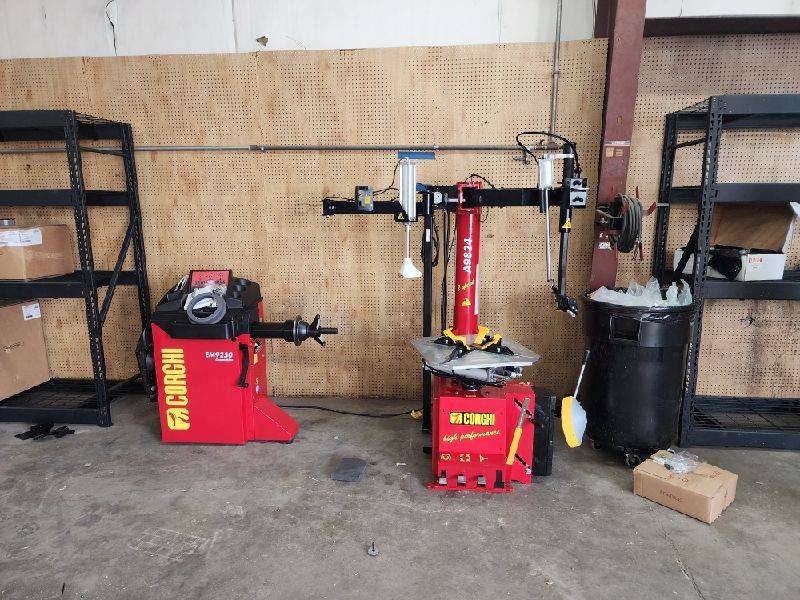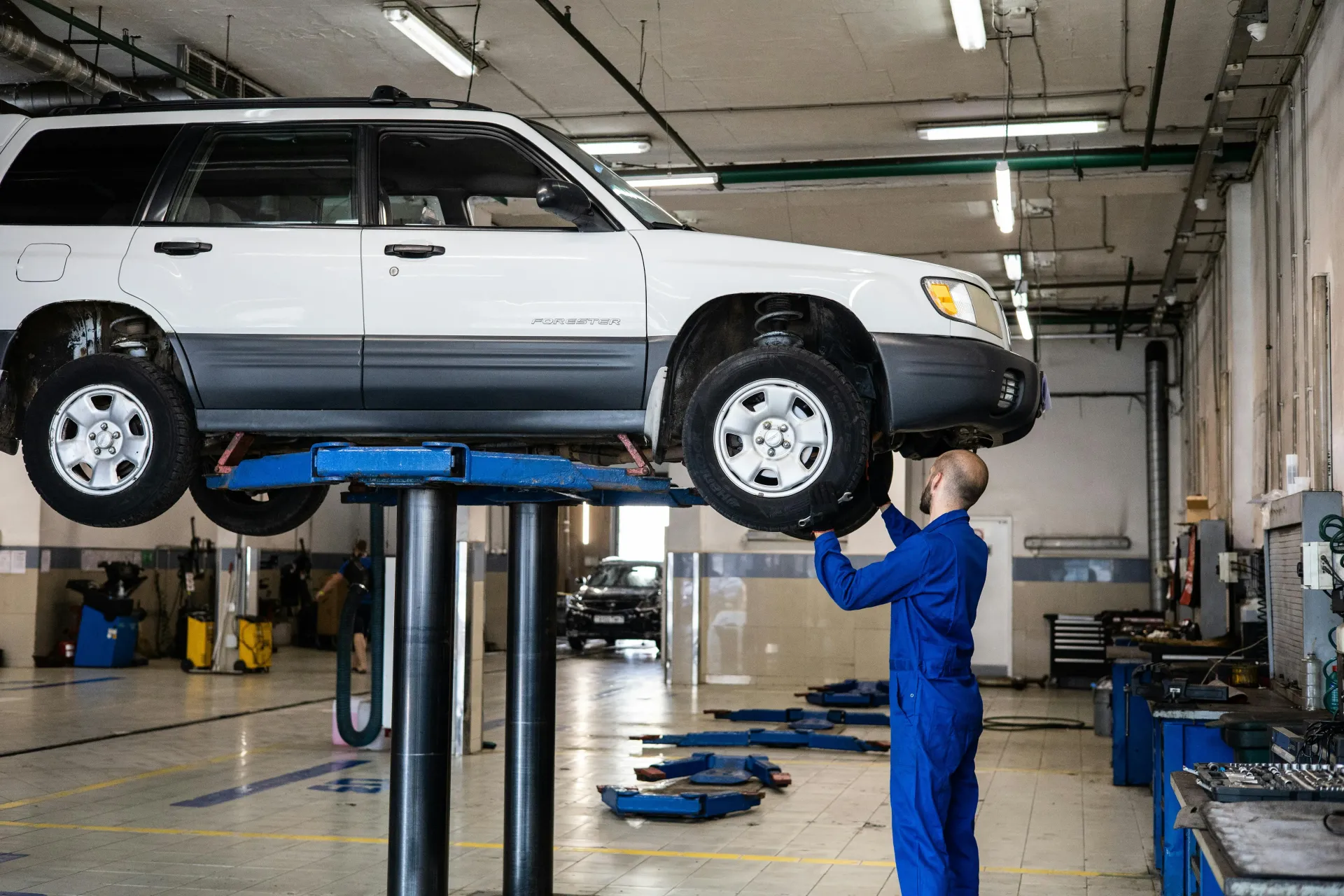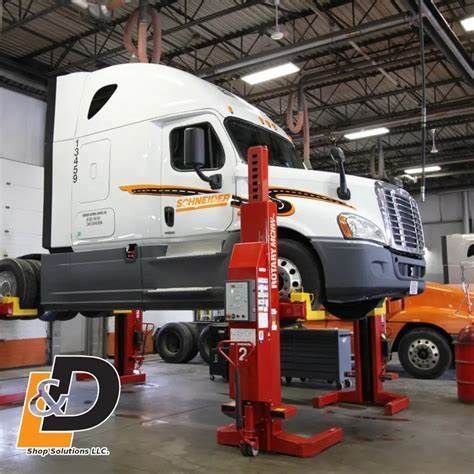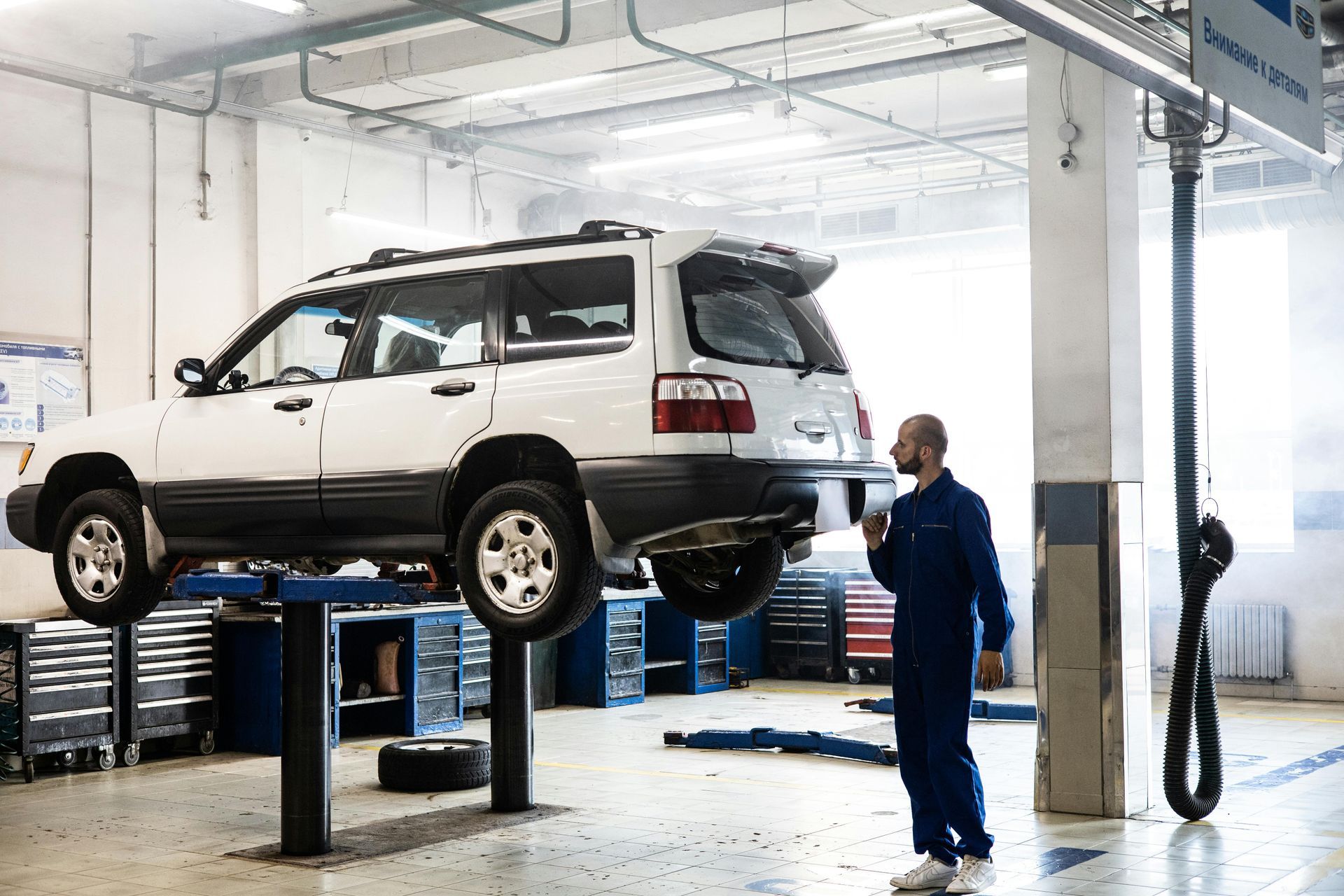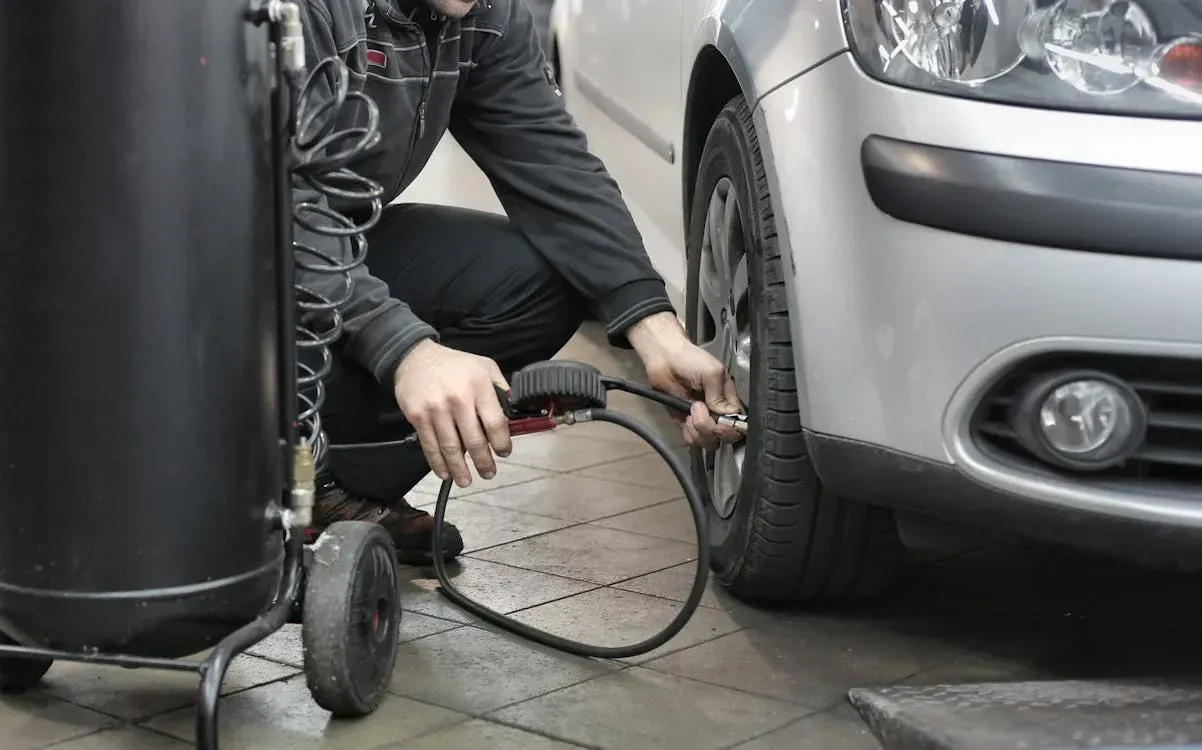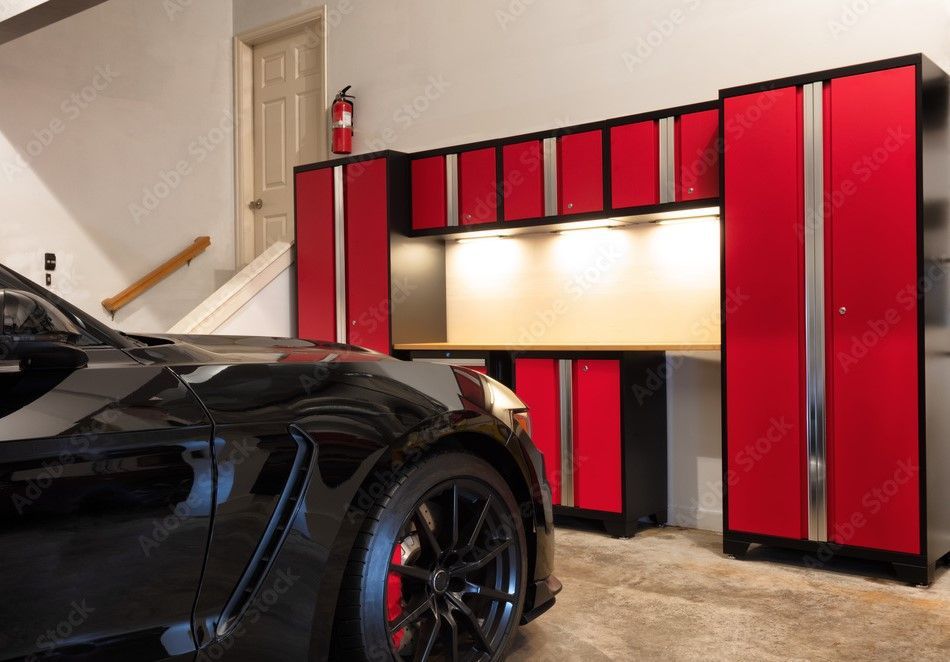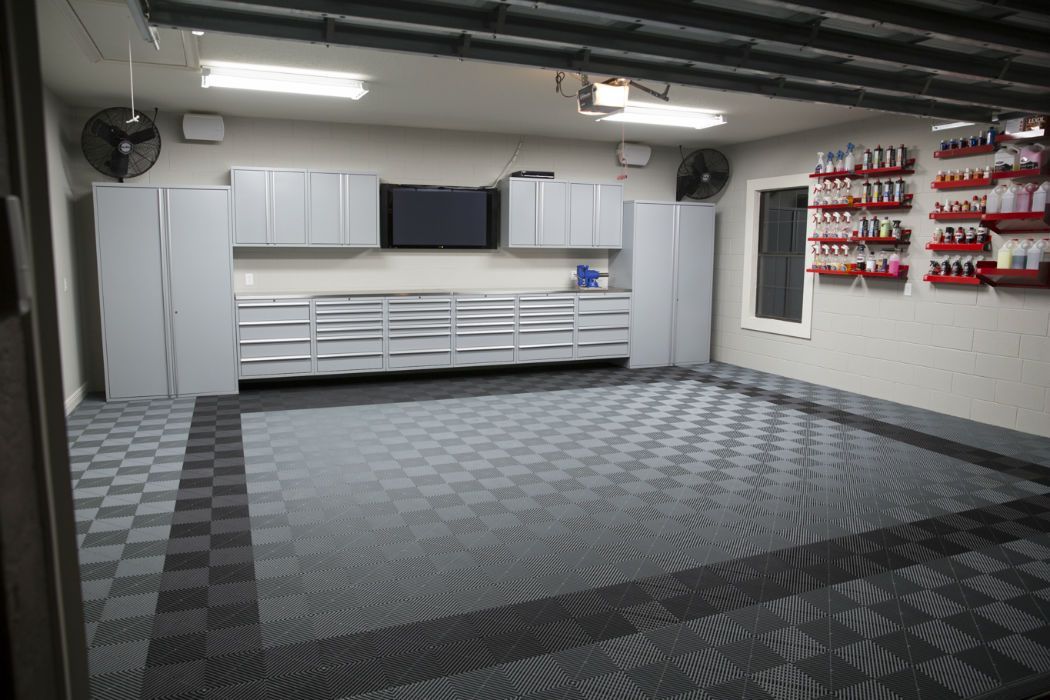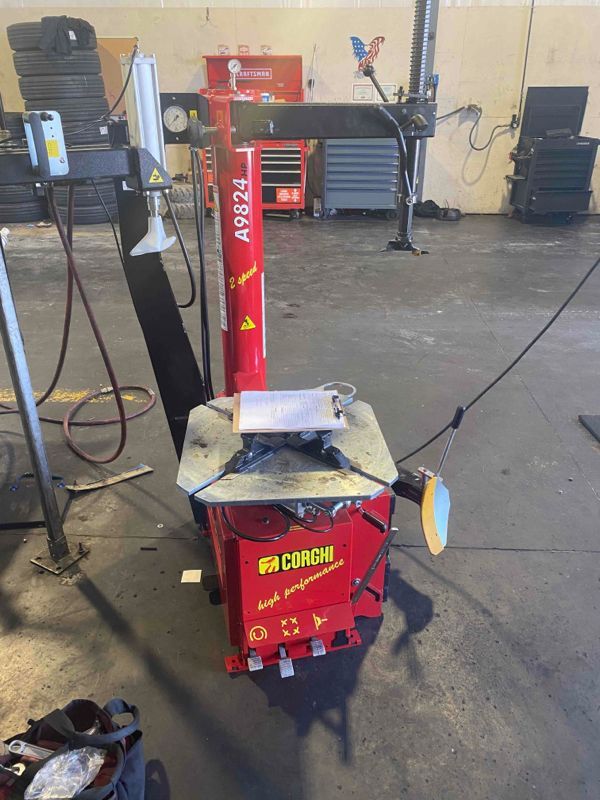Electric vs Hydraulic Car Lifts: Which is Best for You?
May 1, 2025
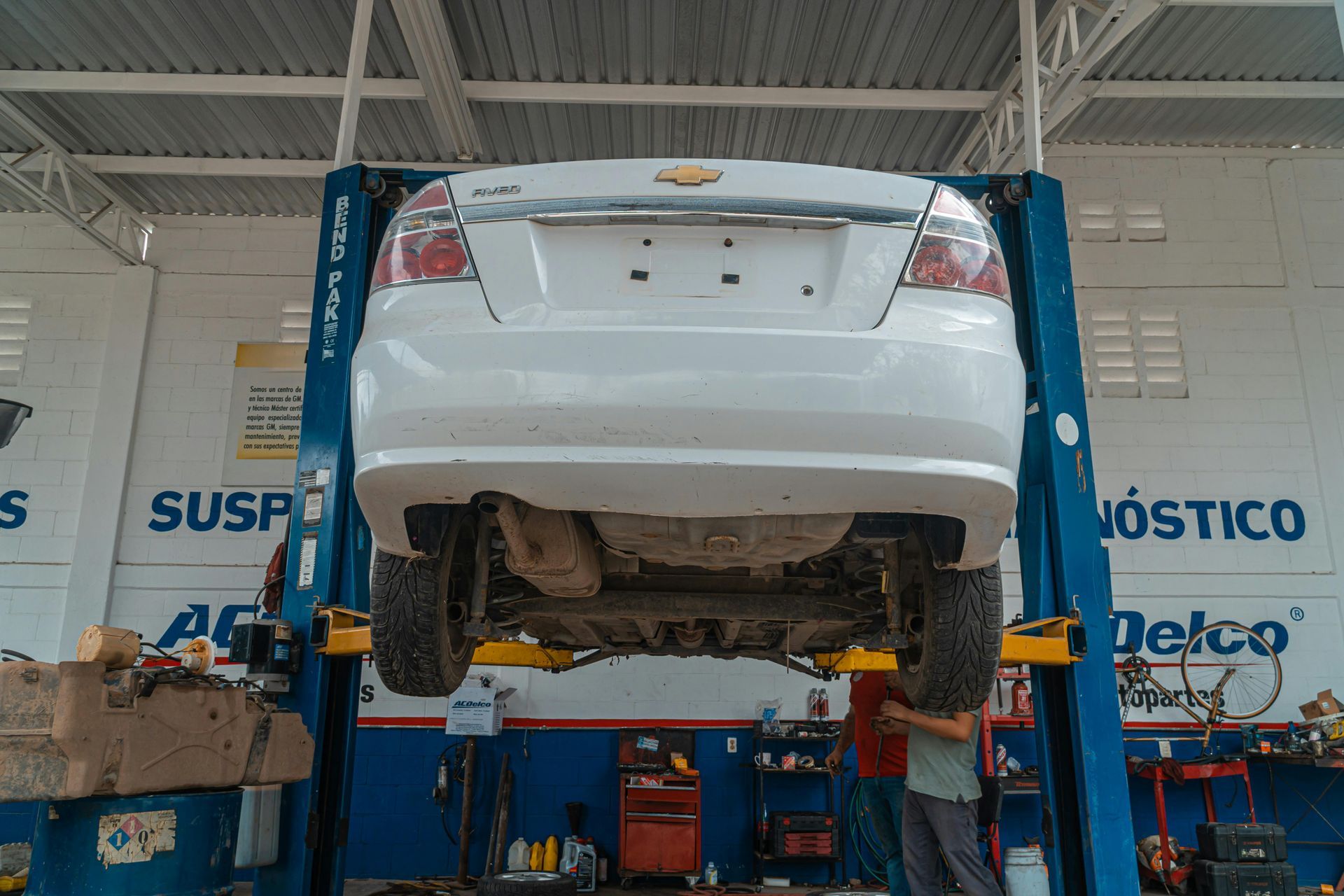
When setting up a home garage or professional auto shop, choosing the right car lift is one of the most important decisions you'll make. Your choice affects your workflow, safety, and budget for years to come.
For most users, hydraulic car lifts are the better choice due to their higher lifting capacity, reliability, and widespread availability. Hydraulic lifts use fluid power to raise heavy vehicles smoothly and can handle the demands of busy shops, though they require more maintenance than electric alternatives.
However, electric car lifts have been gaining popularity, especially in home garages and smaller shops where power efficiency and clean operation matter. Each system has its strengths and weaknesses that match different needs.
Understanding Electric Car Lifts
How Electric Car Lifts Work
Electric car lifts use motors to power a screw-drive or chain system that raises and lowers vehicles. They rely on electricity as their only power source, which makes them simpler in some ways than hydraulic systems.
The lifting action happens when the motor turns gears or chains that move the lift arms upward. Most electric lifts feature limit switches that stop the lift at preset heights for safety.
Advantages of Electric Car Lifts
- Cleaner operation with no risk of hydraulic fluid leaks
- Lower maintenance requirements with fewer parts to service
- Energy efficient operation that may reduce power bills
- Faster installation since there's no hydraulic system to set up
- Quieter operation compared to hydraulic pumps
Limitations of Electric Systems
Electric lifts aren't perfect for every situation. They typically have lower weight capacities than hydraulic systems, making them less suitable for lifting heavy trucks or commercial vehicles.
They also tend to lift more slowly than hydraulic lifts, which might be an issue in busy shops where time equals money. Finally, if power goes out, you may have trouble lowering the vehicle unless the lift has a backup system.
Understanding Hydraulic Car Lifts
How Hydraulic Car Lifts Work
Hydraulic car lifts use fluid power principles to generate the force needed to lift heavy vehicles. An electric motor powers a pump that pushes hydraulic fluid through the system, creating pressure that extends cylinders to raise the lift.
The hydraulic cylinders act as the muscle of the system, providing impressive lifting power with relatively compact equipment. These systems rely on sealed hydraulic circuits that maintain pressure consistently.
Advantages of Hydraulic Car Lifts
- Greater lifting capacity for heavier vehicles
- Proven reliability with decades of refinement
- Faster lifting speed for busy shop environments
- Smoother operation with less jerky movement
- Manual lowering options during power outages
- Widely available parts for repairs and service
Limitations of Hydraulic Systems
The main drawbacks of hydraulic lifts involve maintenance and environmental concerns. These systems require regular fluid checks and occasional replacement of hydraulic oil.
They can also develop leaks over time, creating slipping hazards and environmental issues. The pumps in hydraulic systems tend to be noisier than electric motors, which might be a consideration in residential settings.
Key Comparison Factors
Initial Cost and Installation
Electric lifts often have a lower upfront cost than comparable hydraulic models. Their simpler design means fewer components and potentially easier installation, especially in settings without existing hydraulic infrastructure.
Hydraulic lifts generally cost more initially but may offer better long-term value through higher capacities and longer service life. Installation costs for hydraulic systems can be higher due to the need for fluid filling and bleeding air from the system.
Maintenance Requirements
This is where electric lifts shine. They need minimal maintenance beyond occasional lubrication and electrical checks. There's no hydraulic fluid to change, no seals to replace, and fewer potential failure points.
Hydraulic systems require more regular attention. You'll need to:
- Check fluid levels regularly
- Replace hydraulic oil periodically
- Inspect hoses and fittings for leaks
- Replace seals as they wear
Speed and Performance
Hydraulic lifts typically offer faster lifting speeds than electric models. The fluid power system can generate substantial force quickly, making hydraulic lifts better suited for busy commercial environments where time efficiency matters.
Electric lifts tend to operate more slowly but with consistent speed throughout the lifting range. This steady pace can actually be preferable for careful work in some situations.
Power Efficiency
Electric lifts use energy only when actively lifting or lowering. This energy-saving design makes them more efficient for occasional use. They also don't experience the power drain that hydraulic systems have when maintaining pressure.
Hydraulic systems may consume more electricity overall, especially in high-use environments, due to the power needed to run the pump and maintain pressure in the system.
Noise Levels
If noise concerns you, electric lifts are generally quieter in operation. The electric motor makes less noise than a hydraulic pump, making electric lifts better suited for residential garages or shops in noise-sensitive areas.
Hydraulic lifts produce more noise during lifting operations, though modern designs have improved significantly in this area compared to older models.
Space Requirements
Both systems can be designed for similar footprints, but the components differ. Electric lifts often have more compact power units since they don't need fluid reservoirs and pumps.
Hydraulic systems require space for the power unit, which includes the motor, pump, and fluid reservoir. However, this unit can often be positioned away from the lift itself if space is tight around the actual lifting area.
Best Applications for Each Type
Ideal Settings for Electric Car Lifts
Electric lifts work best in:
- Home garages with occasional use
- Clean environments where fluid leaks would be problematic
- Smaller shops lifting primarily cars rather than trucks
- Places with limited power capacity where efficiency matters
- Noise-sensitive locations like residential areas
Ideal Settings for Hydraulic Car Lifts
Hydraulic lifts excel in:
- Commercial auto shops with constant usage
- Heavy-duty applications lifting trucks and larger vehicles
- High-volume businesses where lifting speed matters
- Shops with existing hydraulic equipment and expertise
- Outdoor or rugged environments where proven reliability is key
Safety Considerations for Both Systems
Safety should be your top priority regardless of which lift type you choose. Both electric and hydraulic lifts must include:
- Automatic safety locks that engage at various heights
- Overload protection to prevent lifting beyond capacity
- Emergency lowering systems for power failure situations
- Proper certification from organizations like ALI (Automotive Lift Institute)
Hydraulic systems have the advantage of manual lowering capabilities during power outages. Electric systems may offer more precise control during lifting and lowering operations.
Regular professional inspections are essential for both types of lifts to ensure all safety features function properly.
Making Your Final Decision
Questions to Ask Before Purchasing
- What's the heaviest vehicle you'll need to lift?
- How frequently will you use the lift?
- What's your available power supply?
- How important is maintenance simplicity?
- Do you have space constraints to consider?
- What's your budget for purchase and installation?
- Are
noise levels a concern in your location?
Professional Installation Importance
Regardless of which system you choose, professional installation is critical. Proper installation ensures:
- Correct assembly of all components
- Secure anchoring to the floor
- Proper electrical connections
- Accurate setup of safety systems
- Validation of lifting capacity
DIY installation might save money upfront but creates serious safety risks and usually voids warranties.
Conclusion
The choice between electric and hydraulic car lifts comes down to your specific needs. Hydraulic lifts remain the industry standard for good reason—they offer reliable performance, higher capacities, and faster operation for busy shops. Electric lifts provide cleaner, quieter, and lower-maintenance alternatives that work well in home garages and smaller operations.
For most professional shops handling a variety of vehicles, hydraulic lifts offer the best combination of performance, reliability, and value. For home mechanics with limited space and occasional use, electric lifts provide a clean, efficient solution.
Looking for the perfect car lift for your specific needs? L&D Shop Solutions offers top-quality automotive equipment including both electric and hydraulic car lifts, with expert guidance to help you make the right choice. With our turn-key solutions, we not only sell but professionally install and warranty your equipment, providing peace of mind and exceptional service that protects both your investment and safety. Contact L&D Shop Solutions today to elevate your garage or shop to the next level!


